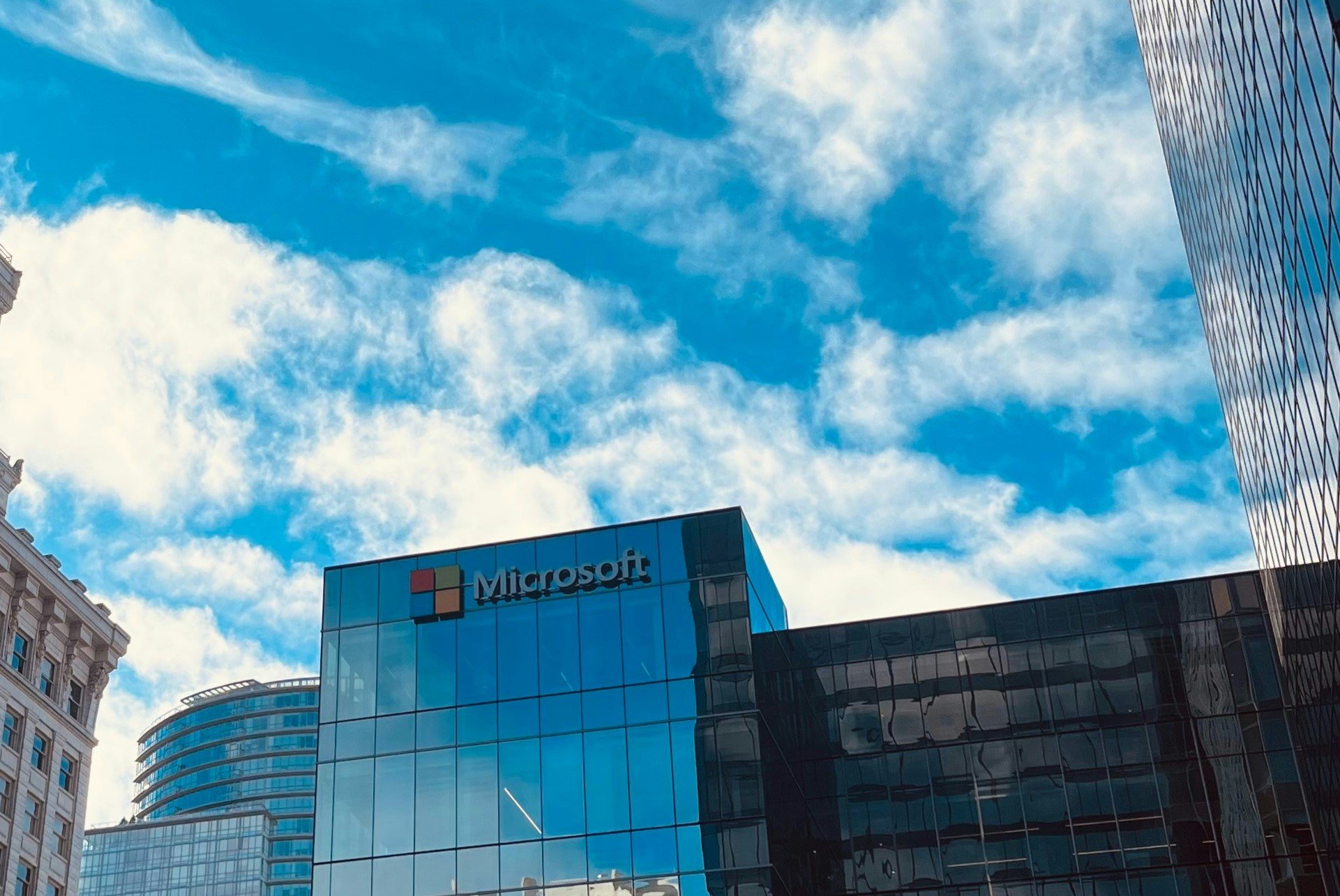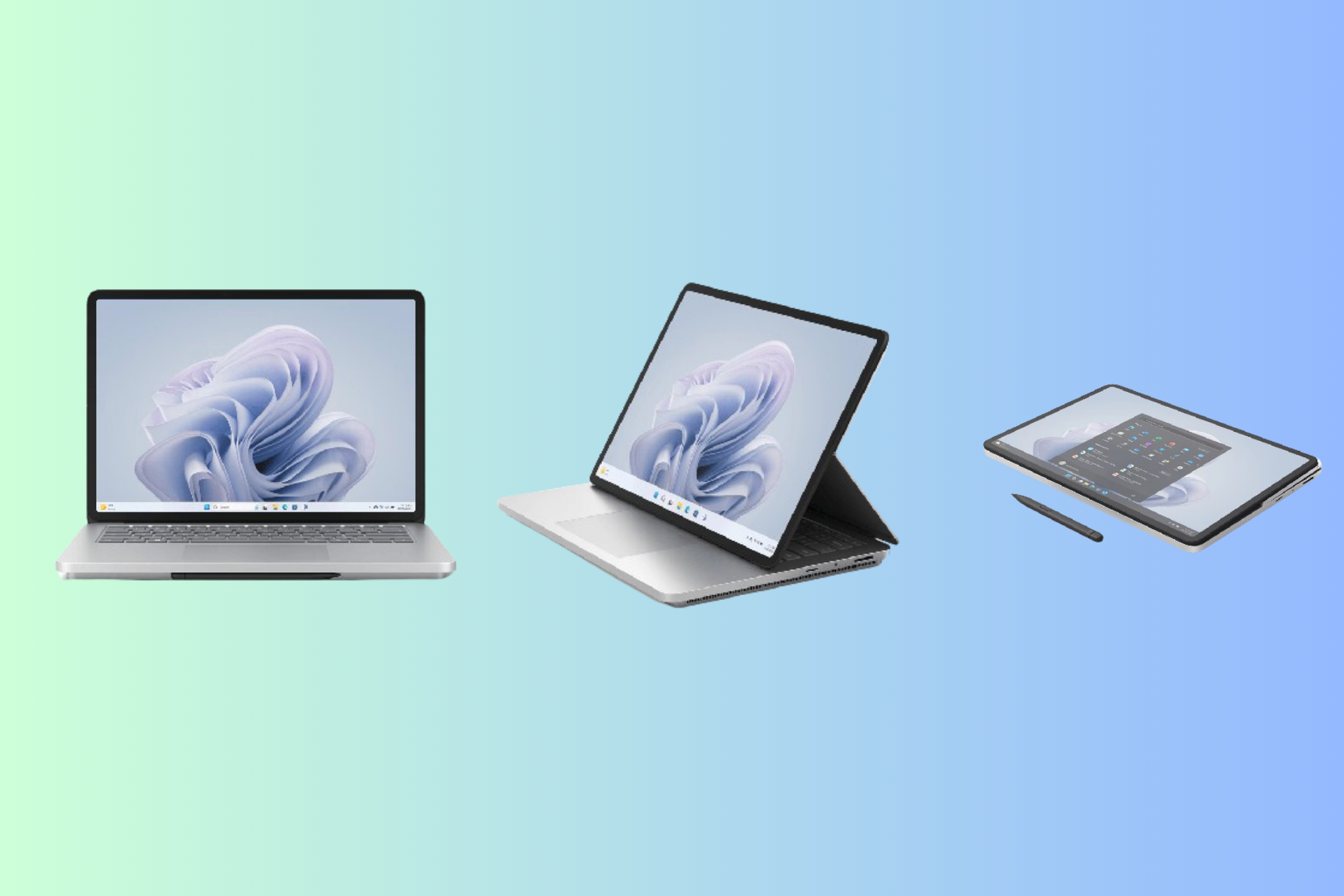The Xbox 360 had an excellent run
5 min. read
Published on
Read our disclosure page to find out how can you help Windows Report sustain the editorial team Read more

On Wednesday, Microsoft stopped making the Xbox 360, the console that launched the company into the living room — or bedrooms — of more than 80 million people.
“The Xbox 360 helped redefine an entire generation of gaming at Microsoft,” wrote Phil Spencer, the head of Xbox within the company. “[It] means a lot to everyone in Microsoft [and] while we’ve had an amazing run, the realities of manufacturing a product over a decade old are starting to creep up on us.”
The writing was largely on the wall for the Xbox 360 ever since its games, which includes over 10-years of backlog, started to be made available to Xbox One owners.
Microsoft knows only too well that annoying Xbox owners can have dire consequences after multiple contradictory statements about the “always on” — i.e. always connected to the Internet — nature of the Xbox One. Ever since, gamers have chosen the PlayStation 4, which launched around the same time, over Microsoft’s offerings.
Making the transition from a 360, which is still widely used, to the One as smooth as possible is a big goal for Microsoft and likely made up part of the reason that the older console is being shuttered. The remaining stock will still be sold, but that’s it.
Gamers are a dedicated user base who, by and large, will buy new versions of a product. The arc of the Xbox — and the PlayStation — has roughly followed gaming becoming a more mainstream form of entertainment. The iPhone, with its App Store, has also been responsible, but it’s no accident that millions upon millions of people participant in “e-sports,” watch gamers live on Twitch, or bet on the outcome of multiplayer games.
Microsoft has been a fundamental part of this movement and it should be proud of what has been accomplished and, as such, the revenues that have been gleaned.

However, it was time for the Xbox 360 — which had not seen an update since the One was released in 2013 — to go and it’s good that Microsoft realised this.
The company’s most recent earnings report suggested that while it is making progress, there is still work that needs to be done. Office 365, the online subscription service, now has over 20 million users, but growth in other areas — namely Azure — is slowing.
According to Business Insider, the Xbox team was considered to be “isolated” from the rest of Microsoft for a time, but recent changes, like putting Windows 10 on the console, have likely changed that.
CEO Satya Nadella has looked to unify the company behind certain products and brands but has also sought to open up lines of communication between divisions. Windows is no longer king — or, at least, no longer gets to dictate what others do — and this has had a positive effect on the products Microsoft has released in recent times.
Pulling Xbox into the mix resulted in the One, which was well-reviewed, and continues the legacy of what made the 360 so good: It was a hub for stuff that extended beyond games. Live, for example, has always been at the forefront of online gaming while the various Hubs, like music or video, offer a wide range of content.
Sony has built similar features into the PlayStation 4, but Microsoft was one of the first to realise the potential of owning the living room by providing everything in one box.
Now, the company is looking to do that through the unified form of Windows 10 which, according to Microsoft, is the “best Windows ever for gaming.”
Unlike previous versions of Windows which ran solely on a PC (or smartphone, etc.), the Xbox was never included and so games, apps, and so on all had to be made specially for the console. Windows 10 changes that by putting the operating system, albeit with a few tweaks, onto the console.
PC games, once they take advantage of the Universal Windows Platform, can run on an Xbox One (and vice versa), increasingly the usefulness of the console massively. Apps designed for Windows 10, which are growing in number, can also run on the console. Essentially, Microsoft has taken the idea of making a hub for the living room and amplified it by one hundred.
While all of this was likely possible on the Xbox 360, it’s easier just to do it on the One. Instead of having to deal with hardware that is, in some cases, over 10-years-old, Microsoft can just work on hardware that is two- and three-years-old. This is, as you can imagine, easier, faster, and better for the end-user.
Internally, killing the 360 was also a good move. Employees who were still working on the console or its software can now move over to the One, bringing their best work to the console and, as Microsoft likely hopes, out-pacing the PS4. This expertise could, if Microsoft was feeling courageous, be used to work on an Xbox “1.5” to compete with Sony’s rumoured-but-all-but-confirmed PS “4.5”.
In the end, the Xbox 360 had a good run: 84 million consoles sold, hundreds of games developed, a loyal following, and commercial success for Microsoft. But, just as with any product, the end always arrives, and it’s good that Microsoft saw this, acted upon it, and can now focus on the future of Windows and Xbox.








